How to introduce two dogs
Dogs are sociable pets by nature and sometimes you might want to get a friend for your dog so they have a playmate. It's important to take introductions slowly and carefully to make sure your two pooches become best of pals.
If you have the space and can afford the extra costs, then getting a second dog can be a really great addition to the family with the added bonus of giving your dog extra company. If your dog is very sociable and enjoys the company of other dogs, getting another dog can be of real benefit to them. Careful though – two dogs is twice the trouble, so make sure you’re ready to take on the additional responsibility!
Even though your dog loves meeting other dogs out and about, it’s important to do introductions slowly and carefully. After all, you are bringing someone new into their home so their approval is just as important as yours.
Like all new friendships, both dogs will need to get used to each other and adjust to the situation. Give them time, take things slowly and don’t expect any miracles overnight.
Our vets have put together a simple step-by-step guide to help you successfully introduce a new dog to the home.
Step one: finding the perfect pal
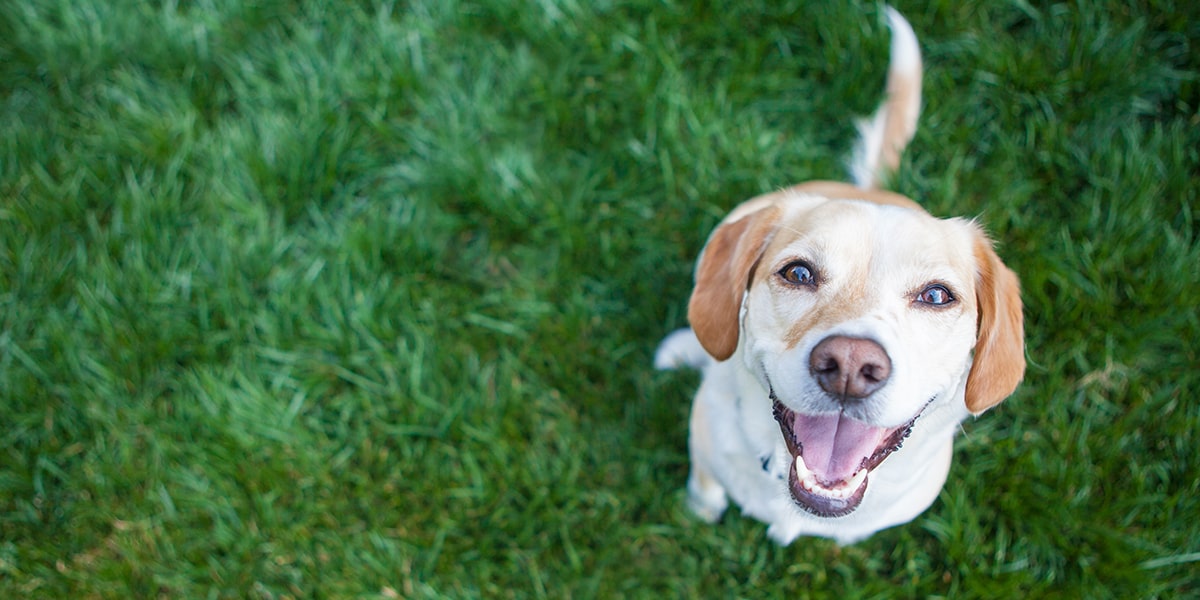
Firstly, if your dog doesn’t like other dogs, then getting a second dog may not be the best idea. However if your dog enjoys the company of other dogs and is regularly socialised with them, then go ahead!
You know your dog’s personality best, so try to find them a friend who they will get along with. For example, if they are fairly chilled out then an excitable puppy jumping in their face might cause a bit of tension.
You may find your ideal second dog in a rehoming centre. This is the preferred route for some people because it’s easier to find a dog with a personality that matches your pet’s. Speak to your local shelter to see if they have any dogs they think may be suitable. They can also tell you about the pet’s history and whether they get along well with other dogs or not.
Consider an adult dog, puppies aren’t always the answer! Make sure that you consider matching exercise ability and requirements. Puppies won’t be able to go on walks with your dog until fully vaccinated and you will have to wait quite a few months for your puppy to be old enough to match your older dog’s walks. Likewise, a very much older dog, stiff with arthritis and a much younger bouncy and active dog won’t blend well, so your new dog will need to fit into your family and current lifestyle.
Step two: the first meeting
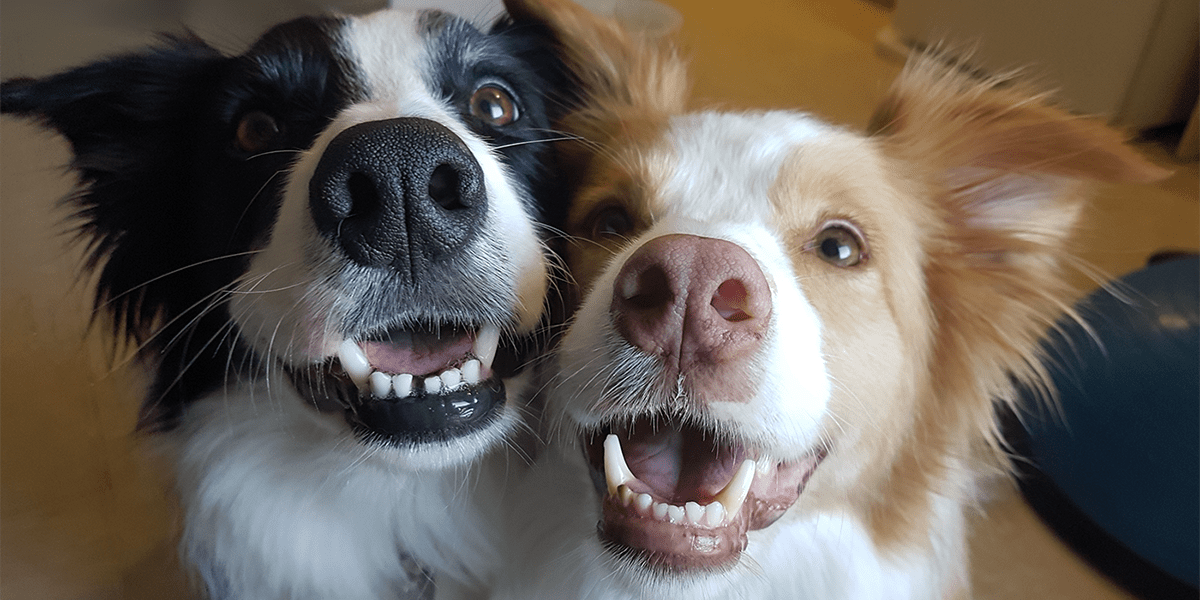
Once you’ve chosen your dog’s new four legged friend, you can move on to introductions. It’s best to start with ‘neutral territory’ at first – after all, you wouldn’t like it very much if someone brought a stranger into your home and told you to get along!
If you get a dog from a rescue centre, they may be able to facilitate these first meetings. If not, a quiet park or large garden neither dog has been to would do nicely. At this first meeting, both dogs should be kept on the lead, so you’ll need to get another person to help you with initial meetings. Walk the dogs so they can see each other but are still a good distance away and keep an eye on their body language for signs of stress or aggression.
At the first meeting, try re-tracing each other’s steps so both dogs can sniff the other’s scent. This is a bit like us exchanging a few emails with someone new.
Once both dogs are happy and comfortable, you’re ready for the next step. Don’t be disheartened if they seem a bit on edge at first – take it slowly and make sure to stop the meeting if either dog looks like they may become aggressive.
Step three: meeting face-to-face
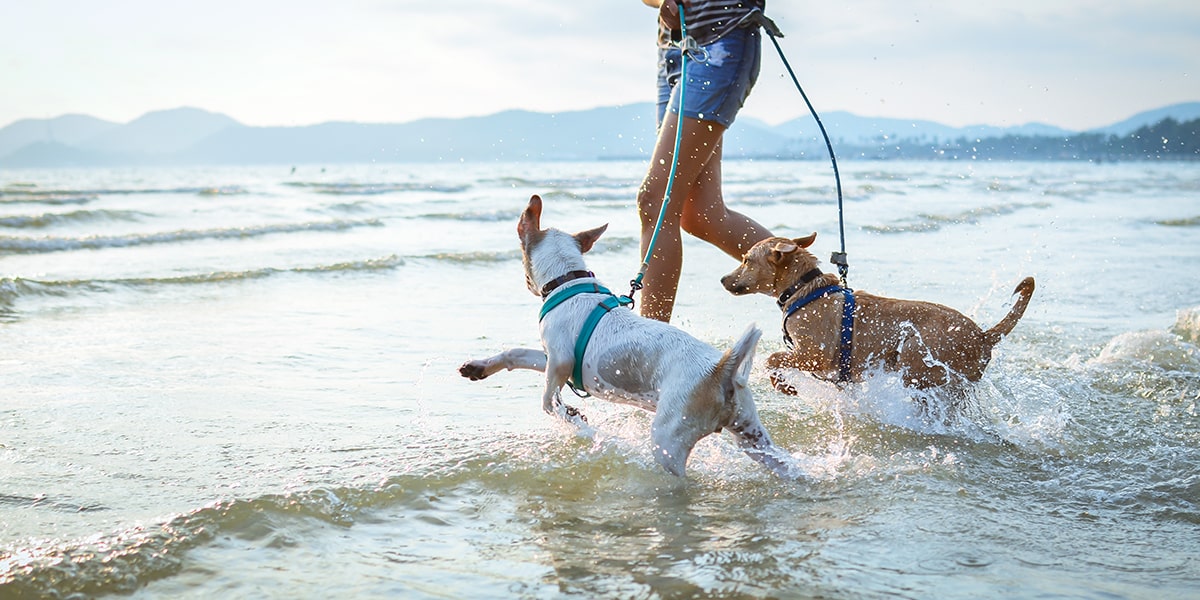
When you are sure your dogs are comfortable to be around each other, they can meet face-to-face. Again, keep them on the lead but remember to keep the lead fairly loose. If you seem tense, your dogs will pick up on this and think there's a reason to worry.
Allow the dogs to meet slowly and calmly and let them say hello. Again, monitor their body language and separate them if things become aggressive. Make sure you praise both dogs for good behaviour.
After they've said hello and had a good sniff of each other, take them for a walk together. Keep the leads on for now – you may have to take them for a few walks together to let them get used to each other.
Watch them when they are walking to make sure both dogs are still happy. Don't try to force them to interact or walk closely, just let everything happen naturally at your dogs' pace.
Step four: off-lead playtime
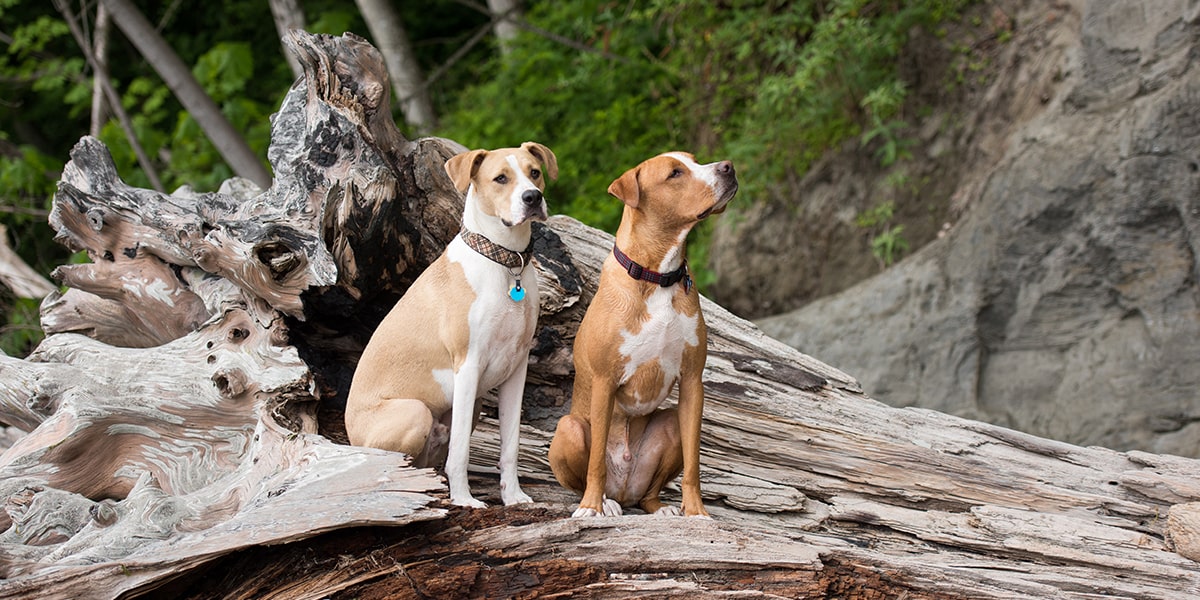
After you’ve been for a few walks and both dogs are pleased to see the other, then you’re ready for some off-lead playtime. This needs to be in a secure, neutral area neither dog sees as ‘theirs’.
During this first playtime, it’s best to let them play together rather than giving them toys. Remember to give them lots of praise for good behaviour. Some dogs can be a little rough during playtime and while this isn’t always a concern, if you think either dog is being a little much, call them back.
It's really important to be calm and in control of the situation. If you’re worried they are playing too rough, distract them by calling them back to you and give them lots of praise, then let them carry on playing.
Step five: meeting at home
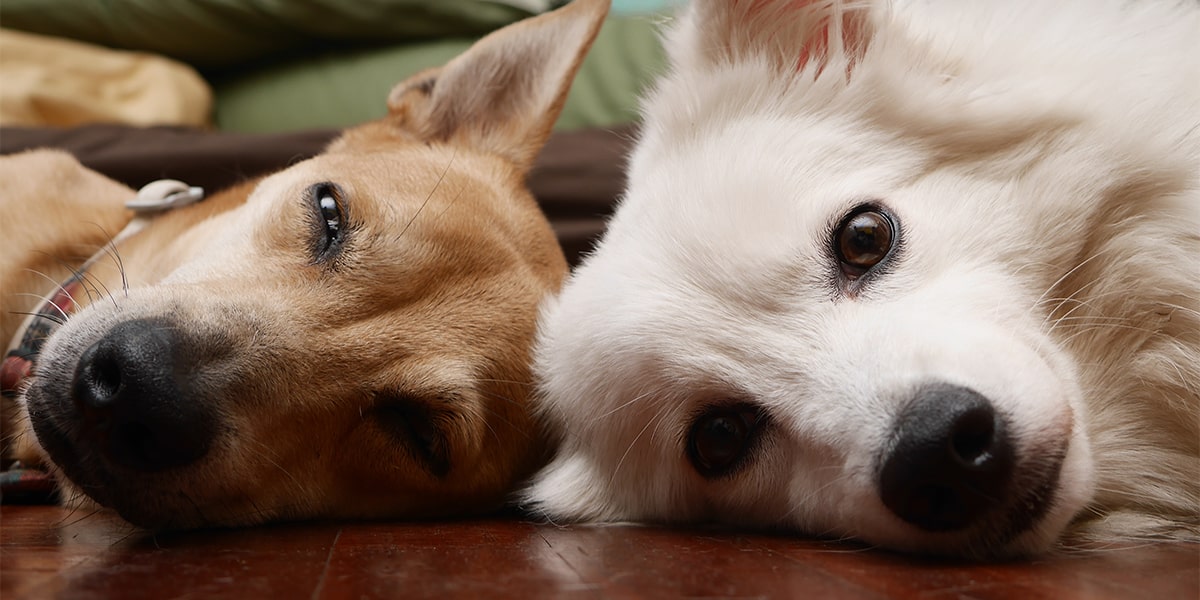
After a few play sessions and walks and when you are completely sure both dogs are getting along, it’s time to bring your new dog home for a meeting. Because you’re now taking them into your current dog’s space, you’ll need to put both dogs back on leads and take things slowly again.
Let both dogs interact but keep a close eye on them. Again, keep leads fairly loose so you don’t accidentally put both dogs on edge and watch for any potential aggression.
Once you are happy that both dogs are comfortable you can take their leads off. Keep close supervision at all times so you can stop any potential situations from escalating.
Step six: living together
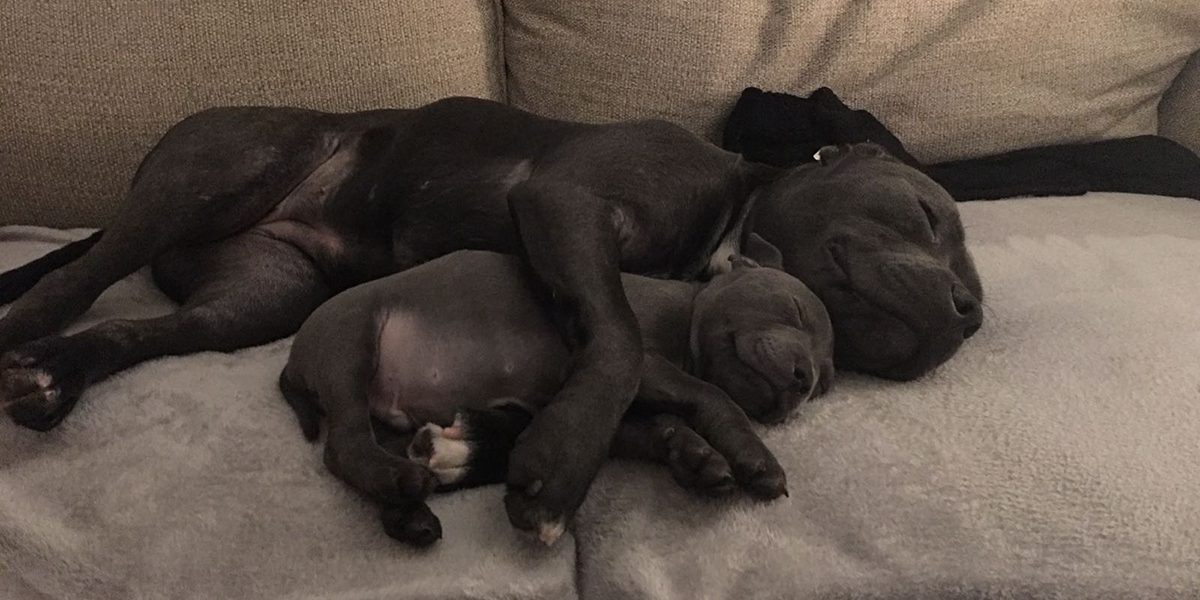
You might have to do a few home introductions at first to get your dog used to the idea of sharing their space. Once both dogs are happy, you’re ready for your new dog to move in.
Make sure your dogs each have their own spaces set up so they have somewhere to go when they want to be alone. It’s best not to put their beds together as this can be a bit intense and might cause conflict.
Feed your dogs in different rooms and make sure that when one finishes they can’t get to the other’s food bowl. This will make sure that no food guarding or aggression issues develop.
As long as your dogs each have their own space, they should get along fine in shared spaces. Try to keep to your routine that you have always had, so that your first dog feels comfortable and your new dog will soon follow suit.
Our top tips for introducing two dogs
- Make sure both dogs are fully vaccinated before starting introductions.
- Make sure to praise both dogs for good behaviour and getting along well.
- Try to find a dog with a personality and agility that will match your current dog's.
- Don't rush any of their meetings and always take it at your dogs' pace.
- Try to avoid giving your dogs treats when they are playing together.
- Remove any much loved toys of the resident dog's, during introductions. They can come back at a later date.
- Always make sure they have their own space away from the other dog.

